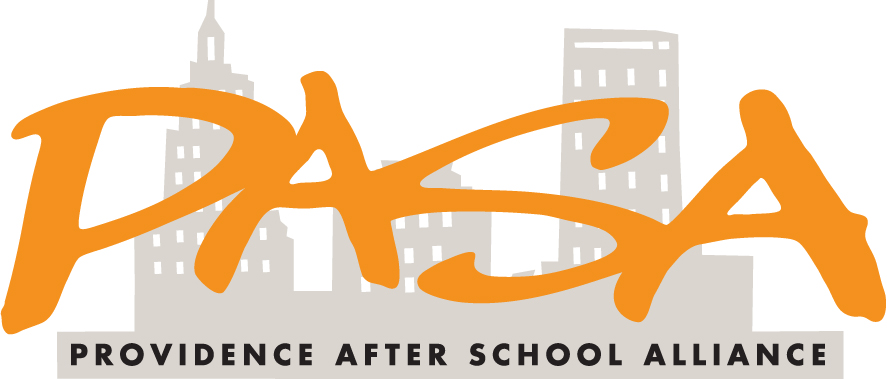

This was originally posted on the Expanded Learning Perspectives blog.
Early childhood education, afterschool, and workforce development programs may be enjoying a little breathing room as they return to work this week. Last week Congress passed a $1.1 trillion spending bill that improves funding levels for these and other education programs, which saw their budgets significantly reduced in 2013 as a result of across-the-board spending cuts known as “sequestration.”
The bill restores some funding to the 21st Century Community Learning Centers initiative, the only federal funding stream dedicated to after-school and summer learning programs. The 2014 appropriation for the program is $1.149 billion, up $57.8 million from 2013 levels.
The omnibus spending bill also funds a number of Labor, Health and Human Services, and Education programs that may affect expanded learning programs. Some notable policy provisions include:
• Title I of the Elementary and Secondary Education Act (ESEA) is funded at $14.384 billion, an increase of $625 million from 2013 but below the 2012 level of $14.5 billion. Title I funds support schools with a high concentration of students from low-income families; funds can be used to support after-school and summer programs. States that were granted waivers are required to identify and focus on their lowest-performing, or “priority,” schools, implementing meaningful interventions aligned with the Department of Education-identified turnaround principles, which include redesigning the school day, week, or year to include additional time for student learning and teacher collaboration.
• School Improvement Grants, which target achievement in the nation’s lowest-performing schools, are funded at $505.7 million—the same as the 2013 level, but lower than the 2012 level. The bill permits funds to be used to implement a “research-proven, whole school reform model” and allows state educational agencies, with the approval of the Secretary of Education, to establish a state-determined school improvement strategy for use under the SIG program. Both the Transformation Model and the Turnaround Model require the use of extended learning time. In addition, the bill allows states to make five-year awards, rather than the existing three-year awards.
• The $750 million requested by the Administration for a stand-alone pre-K program was not awarded. Instead, the bill grants increases for Head Start, Early Head Start, and the Child Care Development Block Grant. It also requires that $250 million in Race To The Top funds be used for competitive awards to states for pre-k and early childhood education programs, and pre-k programs must provide “comprehensive services and family engagement.”
• Funding levels for Career and Technical Education state grants ($1.118 billion) and Workforce Investment Act programs ($2.588 billion) are restored nearly to pre-sequester levels. These funding streams can support programs that reintegrate and/or train disconnected youth for the workforce.
The omnibus also funds the National Assessment of Educational Progress (NAEP) at an increased amount—nearly $10 million over the 2013 level and $2.4 million over the pre-sequester amount. Additionally, the spending bill strongly rejects the president’s proposal to consolidate and reorganize STEM education funding, instead recommending that the White House seek stakeholder input on a new proposal.
